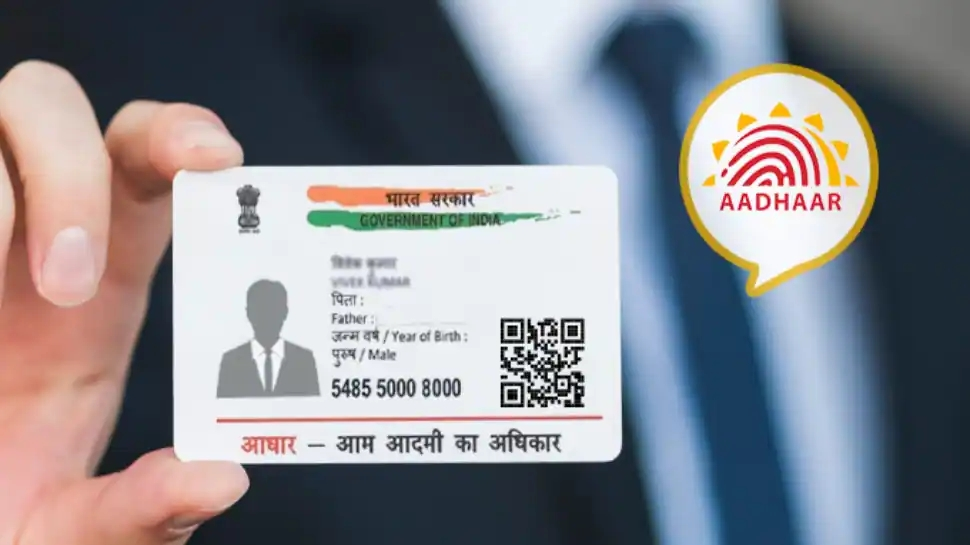Americans have opened new accounts, taken out additional loans and carried balances in the past year, and many showed preferences for managing all of this digitally. But they remain concerned about cybersecurity — and the real risk that sharing their financial data over multiple digital channels poses.
“For the past couple of years, we’ve really seen an acceleration in a consumer mindset that is right here right now, and that includes everything from grocery shopping to media, and the expectation is that managing our money should also be available at our convenience,”
Lisa Kimball, senior vice president for Open Banking at Finicity, told PYMNTS in an interview.
Consumers don’t want to go to a branch or to be limited by business hours for a call centre to transact and manage their money. Digital channels are offering them the possibility to manage their accounts anytime, anywhere.
This has been confirmed by research conducted by PYMNTS and Finicity, a Mastercard company, which found that more than three-quarters of those who opened a new financial account in the last year used digital channels to do so.
Not surprisingly, the research shows that millennials and Gen Z consumers are more comfortable using digital channels to open accounts, take loans or apply for credit cards than their older cohorts. However, Kimball also pointed to a growing number of baby boomers and older adults opening accounts via their mobile devices.
“So this idea that generations past older than millennials aren’t willing to engage digitally is really not born out in the research,”
she said.
Despite the trend that clearly shows consumers are transitioning to primarily managing their financial accounts through digital means, they aren’t fully sold about how secure they are. According to the PYMNTS and Finicity research, more than a third of them are concerned about the security of their financial information when using digital channels to open and service new accounts, particularly when using mobile devices.
What can be done to improve consumer trust?
Kimball mentioned that confidence in the brand and a solid security foundation are key to gaining consumer trust. She said the industry is making improvements in the space by adopting direct, secure connections for data transfer using reliable trusted partners.
For digital identity verification and authentication, she added that “some exciting things are going on like biometric validation, device or location fingerprinting” that will also increase consumer trust.
Consumers should trust these players, but they should also see what purpose their data’s being used for when they give the consent to share it. Additionally, consumers should be able to remove that permission easily and at their discretion, and the tools that really support this concept of consumer control are rapidly improving.
In Kimball’s view, these elements will offer consumers a convenient and secure experience using digital channels that will eventually help continue expanding open banking.
“Giving the consumer the power to give and revoke access easily and to be informed all the time is critical,”
she said.
Source:






Comments